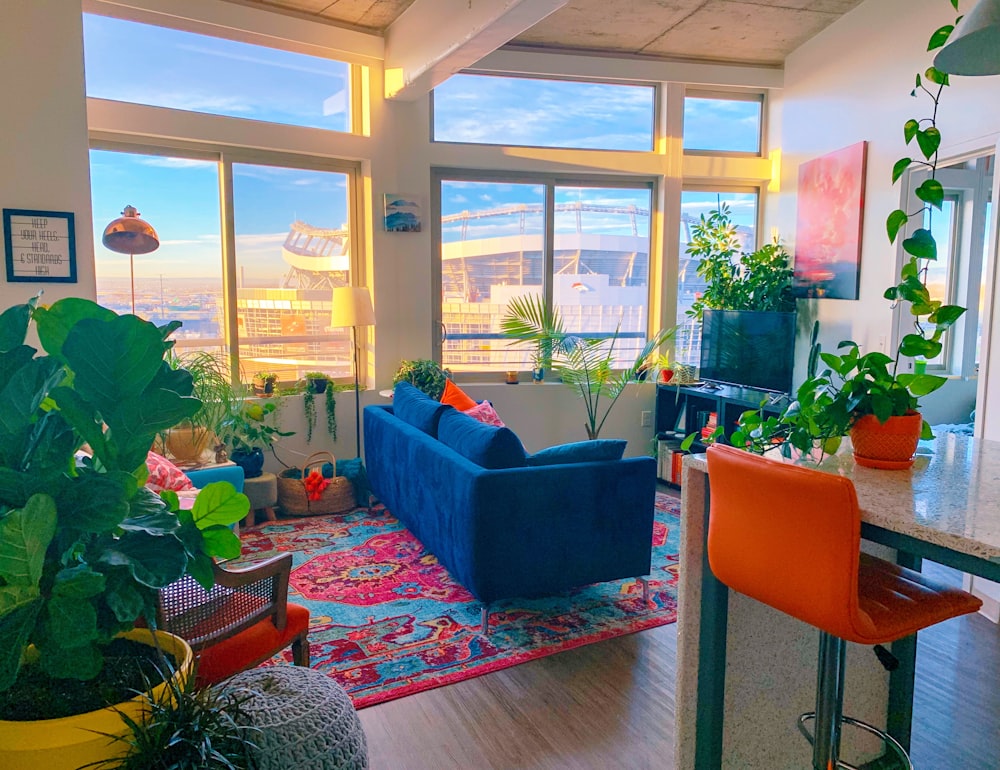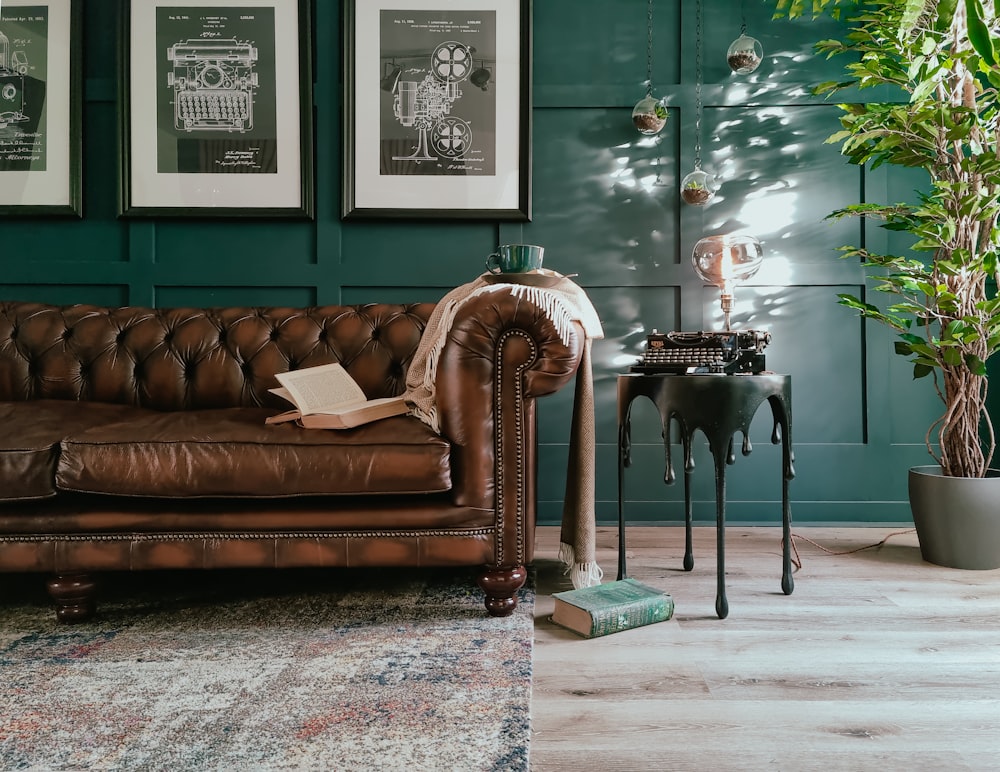Mid-century modern has never been hotter, bringing the genius of a truly brilliant interior design era into the homes of the 21st century. But vintage and retro decor from a variety of eras continues to be one of the hottest trends for the home moving into 2024. Let’s look at how to unite nostalgia and style with vintage and retro home decor that says what you want it to say.
Vintage and Retro: What’s the Difference?
While “vintage” and “retro” are often used interchangeably, the words mean different things. So, let’s define our terms:
- Vintage: An item that is more than 40 years old is vintage. It is original to the period.
- Retro: An item that mimics the style of a previous era but which is a reproduction is retro.
This distinction is important to keep in mind with respect to certain styles of furniture. That Mies van der Rohe Barcelona chair may look like the real thing. More than likely, though, it’s a reproduction as this specific chair, as well as any of the popular models made by Eames, have been widely reproduced.
Where’s the Line? Kitsch vs. Style
You may love the look of a jumble of vintage and retro styles, tied together by color, pattern, and a personal gift for ferreting out hardy thrift finds from days gone by. But where do you draw the line when creating a vintage interior?
For my money, the location of that mysterious line is somewhere between a crocheted doll to cover a spare roll of toilet paper and a bamboo tiki bar. That disputed expanse between kitsch and style will become clearer as you move forward with your design project.
Avoiding the “kitsch” effect means choosing a dominant interior design era to draw from. Pieces from other eras may have a place in the overall scheme but anchor your decor with furniture from one specific era, tying together the disparate pieces with a distinct color scheme, patterns, and era-specific textures. And if you’re going to put artistic frames around your collection of Red Sea aquariums, either respect the design era you’re working with or incorporate this detail as a “challenge” (see below).
Color and Pattern: Having a Moment
Photo by Steph Wilson on Unsplash
The importance of color and pattern in 2023 will only grow in the coming year. Color is vibrant, often biophilic, meaning “love of the natural, living world,” in hues like moss and leaf green, bark brown, lichen sage, and warm copper. But there has never been a better time to embrace color as experimental combinations are more popular and pleasantly surprising than ever.
Every color you choose to apply to your design scheme needn’t be associated with the specific era you’ve chosen as the lynchpin of that scheme. For example, the avocado, harvest gold, and burnt orange of the 1970s (mega-hot right now) can be modernized with splashes of teal, marine blue, or turquoise.
Pattern is also growing in design influence into 2024, bleeding out from the enduring challenge of maximalism to minimalism. Items like Persian rugs are more sought after than ever, for this reason. The wallpaper styles that have emerged from this design movement are magnificently adapted to acting as backgrounds for your retro and vintage design efforts, creating a counterpoint that lifts retro and vintage decor to a new level.
And wallpaper isn’t just for walls anymore. It’s gracing ceilings, cabinetry, and consoles, giving new life to vintage pieces and a cohesive look to your home interiors. There’s nothing old-fashioned about wallpaper. Rather, it’s now a distinct art form that’s coming into its own with some of the world’s most talented artists participating in its design.
Textures of the Times
In any room, texture is key for adding depth and interest, and every era has its specific textures. The Victorians were huge fans of lace and velvet. The 1970s were about macrame and all the natural textures our current design moment is obsessed with, through the biophilic interior design impulse.
Knowing the specific era you’ve chosen for your overarching design message is about drilling down into the time period and understanding what appealed to design enthusiasts then. Understand the textures, then choose those most closely aligned with the rest of your design scheme. Look first to the era of your retro or vintage furnishings and second to color and pattern for inspiration.
Add a Challenge
Photo by Johnny Briggs on Unsplash
A “challenge” in your decor scheme is a deviation that does nothing to disrupt the power of your design message. Rather, the challenge you throw into the mix defines the message, finishing it with an emphatic exclamation point!
Because you’re bringing the past forward, whether with vintage or retro pieces, you’re free to play. Throw a piece of modern art into a room with vintage furniture from distant eras, like Georgian or Victorian. Add a cowskin rug to emphasize the design gauntlet you’ve thrown down. Or place a completely mad Ettore Sottsass bookshelf from the 80s in a mid-century modern interior. Bend the era you’re working in by twisting the narrative.
Add farmhouse sink fixtures to your ultramodern kitchen or a curvy copper bathtub to your slick 70s smoked glass, foil-wallpapered master bath. These little challenges, when done with a keen eye for balance, can add bold design flair.
When you introduce nostalgia to style, you create vintage and retro home decor that’s innovative and alive with your vision. Take the time to create your decor scheme, then bend vintage and retro home decor to your stylish will!







